A Path Toward Eco Marketing
Click & Mortar has been interested in sustainable digital practices for a long time. Recently, our involvement has deepened with the establishment of an internal committee dedicated to studying these issues, and a 400-hour research project conducted in collaboration with HEC Montréal. In the months and years to come, our commitment to this cause shall continue to grow, along with—we hope—the national and international attention given to the issue of digital sustainability.
It is crucial for us to stay informed and proactive in order to assist our clients, partners, and readers in navigating with us toward a more sustainable digital marketing future. While Click & Mortar’s motto has always been “a collective ascent towards the future,” it is now clear that this ascent requires an ecologically viable digital environment. Our goal remains to help you conquer the future. However, the first step in conquering the future is ensuring that there is one.
***
Until recently, the digital had an immaculate ecological reputation. Remember? Receiving your bank statement electronically was a green gesture, choosing email over mail an act of nobility, and reading on a tablet instead of a dead-tree book put you directly in the running for the Nobel Prize in the Environment. We were quite naive, that is, and very misinformed.
Today, we are asked to delete those thousands of unnecessary emails clogging our inbox, and, supposedly, destroying the planet. What happened?
We know all too well that the climate is changing. We also know that in response to this alarming reality, changes are being imposed on several industries, especially those recognized as directly responsible for global warming: the industries, in essence, where exhaust fumes are impossible to ignore. Agriculture, transportation. But there are others, and sadly ours is one of them.
The digital industry is responsible for 4% of global electricity consumption and 3.7% of total carbon emissions, which is four times the CO2 emissions of France
Learning this is frightening. Could it be that a sword of Damocles is hanging over our heads as we’re busy brainstorming the next big digital campaign?
Unfortunately, this is just the beginning. By 2030, the digital sector will account for 20% of global energy consumption, surpassing the agricultural industry (15%) and catching up with the transportation industry, which has long been seen as the black sheep of terrestrial pollution.
In other words, if today’s ultimate ecological sin is to press the gas pedal, very soon it could be pressing play on a TikTok video.
The Digital Underbelly
We have recently become aware that the pristine white cloud of dematerialized digital technology hides a stormy sky. Behind the smooth and glossy screen of a mobile device lies a laborious production chain.
Building a mobile phone or a laptop is a colossal mining endeavour: on average, 70 different materials are required to assemble a smartphone, including 50 rare metals.
Some of these, like europium (rare and geopolitically unstable in origin), are used solely to give its screen that eye-catching glossy appearance.
And this is just the beginning. The glossy screen of a smartphone, to be truly “smart,” needs the internet. We often forget that it doesn’t fall from the sky.
On the contrary, the internet is an extraordinarily energy-hungry network, consuming 10% of the world’s electricity.
Within a decade, this figure will have doubled.
Then there’s the information itself and its problematic storage. The 3 trillion bytes of data produced daily on the global digital network have a brick-and-mortar address, often a massive industrial warehouse. Some of them consume as much energy as a small city and have a presence in more than half of the world’s countries. Those old emails we’re urged to delete? It’s because they take up unnecessary space in these gargantuan “data centers” – which, by the way, need aggressive cooling and are for the most part coal-powered.
The Informed Marketer: Playing Our Part in Responsible Digital Marketing
What is the responsibility of a digital marketing agency in all of this? Like any business, a marketing agency is responsible for greenhouse gas emissions. Since the 1990s, the Greenhouse Gas Protocol has divided these emissions into three major categories. The first pertains to a company’s direct emissions. It’s understandable that for a digital marketing agency, this measure is often low. The second category refers to indirect emissions associated with activities like electricity, heating, and cooling systems. Unless our agency has its headquarters in a nuclear power plant, this measure will also be low.
The third category concerns downstream activities for which the company is only indirectly responsible. The average advertising agency doesn’t fare well in this category. Why? Because advertising essentially serves to promote the downstream activities of the companies that employ it.
Advertising helps others emit more greenhouse gases than it emits itself. Therefore, the third category is responsible for an average of 90% of a marketing company’s carbon footprint. Its impact is, therefore, complex to measure – and, by extension, to modify.
Two types of emissions coexist in the advertising industry: advertising emissions and announced emissions. Advertising emissions result from the operations of marketing agencies and the creation and dissemination of ads themselves.
Announced emissions, on the other hand, are linked to carbon emissions resulting from increased sales generated by the ads.
This is where the problem lies: in Quebec alone, during the year 2022, announced emissions produced 6.2 million tonnes of CO2 – the equivalent of 10 round-trip flights from Montreal to Toronto for every adult in the province.
But how can we change things when these consequences seem intimately tied to the very role of advertising?
While it may be impossible–at least for the time being–to reduce one’s carbon footprint to zero, it is relatively easy to calculate. Many are already doing so. For example, the concept of cost per lead (CPL), common in marketing, is now often extended to become carbon environmental cost per lead (CEPL). This simply refers to the carbon footprint of a lead, measured in carbon dioxide emissions.
Let’s take the example of a company that invests $100,000 to generate 500 leads in a year, which represents a cost per acquisition of $200. However, these campaigns generated 340 tons of CO2.
Thus, we can calculate that the carbon environmental cost per lead is 1.7 tons of CO2 (500 leads divided by 340 tons of CO2). Traditionally, a marketing agency will work to reduce its CPL with a strict focus on performance: improving its quality score to position itself better in auctions, better segmenting its ad groups, and optimizing the geographical targeting of keywords, among other tactics. It could also optimize its landing page by ensuring that keywords match those in the ad.
The same mindset should also be applied when discussing environmental costs. Just as it does for its cost per lead, every marketer should constantly strive to improve it. How? The advertising platform, the type of ad format, or the server used for the website are some examples of key components that marketers have control over and that have a direct impact on their carbon environmental cost per lead. By paying as much attention to these factors as they do to performance-oriented criteria, a marketing agency can significantly reduce its ecological footprint
A False Dilemma
If one had to choose between performance and ecological footprint, it is likely that many would choose the former. However, it has been demonstrated that these two elements can evolve synergistically. The following graph, taken from “Best Practices in Sustainability,” illustrates well that reducing one’s ecological footprint is a virtuous circle that includes not only the environment and the consumer but also a performance aspect.

The Reinvented Marketing Funnel
The conversion funnel is an age-old principle in marketing. But today, in addition to converting consumers, it also promises to transform the average marketer into a more responsible practitioner.
Here are the key components of the responsible digital marketing conversion funnel:
1 – Education
Acquiring new knowledge about the environmental impact of digital advertising: academic articles, government reports, conferences, webinars.
2 – Measuring Your Own Environmental Impact
Online tools exist to measure, for example, the impact of your website or your net carbon footprint, such as the Good Planet organization’s website, founded by Yann-Arthus Bertrand, which allows you to calculate your carbon footprint. There are several others available.
3 – Taking Action
Understanding the harmful aspects of our industry equips us to work on the aspects that have the most significant impact. Of course, new discoveries will add to current knowledge. So our improvement is not linear over time but continuous and circular.
Of course, the solution is not to stop digital entirely. Even if it were possible, we would deprive ourselves of an indispensable and incredibly powerful marketing tool. Instead, the goal should be to harness its extraordinary power wisely so that we can pave the way for responsible practices in the future.
It’s essential to understand, however, that digital is a highly energy-intensive material reality, and its ubiquity comes at an environmental cost. As digital marketers, we must keep these risks in mind and do everything in our power to mitigate them. There is no doubt that digital is part of the future; but its role, for that future to be sustainable, is still largely to be envisioned. While global ecology is under threat, let us not forget that the sword of Damocles hanging over our industry has the real potential to become the chisel that allows us to sculpt a future that resembles us.
***
All the statistics presented in this article (as well as the resulting graphs) are derived from a research project that C&M conducted in collaboration with HEC Montréal, soon to be available on our website. Also, stay tuned to the C&M channels for more content related to sustainable digital marketing, as well as our CSR (Corporate Social Responsibility) practice committee, which is brimming with innovative ideas—all of which they can’t wait to share with you!
It is impossible to conclude this article without expressing our deep gratitude to the individuals who made it possible. Thus, we extend our sincere thanks to Mélina Béland, who worked in collaboration with HEC Montréal to produce the master’s project that inspired this article; to Sylvain Amoros, whose mentorship and extensive experience in the field have been invaluable; and finally, to David Desmarais and Geneviève V. Bérubé, veritable pillars of responsible digital practices and CSR at Click & Mortar.
Do you also feel concerned about responsible digital practices? You want to know how to do your part? Contact Click & Mortar today, we would be happy to discuss it with you.

